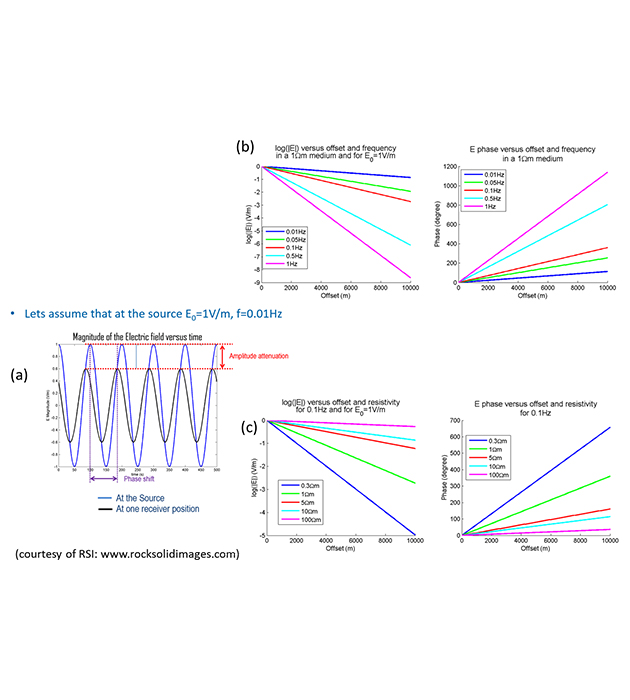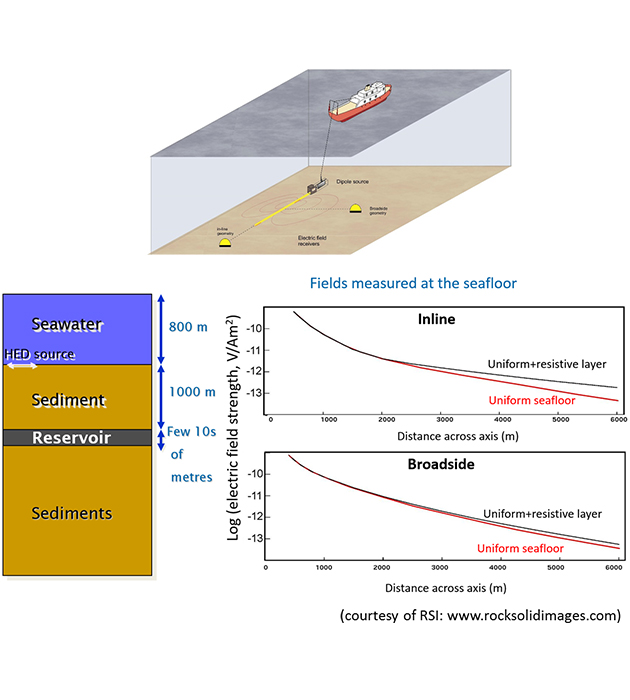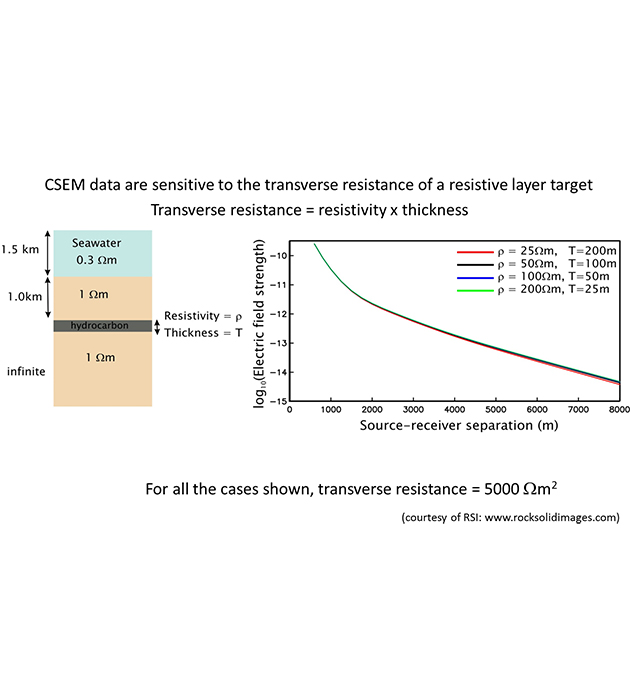Step 1/7

Various mCSEM acquisition strategies
Step 2/7

Diffusion signature for plane signal approximation in homogeneous medium
Step 3/7

Signal complexity
Step 4/7

Influence of geometry on the response for a HED source
Step 5/7

Sensitivity to target resistivity/thickness
Step 6/7

Physical effects wrap up
Step 7/7

Some take-home points